In the heart of Iran, a timeless tradition known as Pahlevani thrives within the sacred walls of the zurkhāneh. Recognized by UNESCO as a symbol of cultural significance, Pahlevani traces its roots back to the Safavid era, where it was initially developed to train warriors.
Iran (IMNA) - Within the zurkhāneh, men gather to partake in ritual gymnastic movements that serve as a spiritual and physical preparation. The atmosphere is filled with an air of discipline and devotion as participants engage in these ancient exercises, each movement holding symbolic significance.
The pinnacle of the Pahlevani experience lies in koshti pahlavāni, a traditional form of folk wrestling. This intense combat practice embodies the essence of strength, skill, and strategy. Through the art of wrestling, individuals not only hone their physical prowess but also cultivate a deep sense of national pride.
Beyond its martial aspects, Pahlevani serves as a vessel for cultural preservation and societal bonding. These institutions were originally established to instill a warrior spirit within men, preparing them for battle while fostering a collective identity and unity among Iranians.
As time passes, Pahlevani and Zourkhaneh rituals continue to captivate both locals and visitors alike, preserving the rich heritage of Iran's martial arts. The echoes of centuries-old traditions reverberate through the domed structures, reminding us of the resilience and determination embedded within the nation's history.
The rituals pay homage to ancient customs, evident in the language used, such as murshed or morshed (meaning "master"), pishkesvat (meaning "leader"), tāj (meaning "crown"), and faqr (meaning "pride"). With unwavering devotion, each session commences with fervent praises to the Prophet Muhammed and his noble family, setting the stage for an ethereal experience.
Guided by the revered morshed, the rhythmic beats of the goblet drum, known as zarb, resonate through the air. As the morshed recites gnostic poems and weaves enchanting tales from Persian mythology, the participants are transported to a realm where the boundaries between reality and the divine blur.
Central to the varzesh-e bāstāni sessions is the dedicated practice of weight training and calisthenics. The air comes alive with the swishing sounds of wooden clubs, known as mil, gracefully moving through the air. Metal shields, sang, shimmer like mirrors reflecting the inner strength of the participants.
Bow-shaped iron weights, kabbādeh or kamān, test their physical prowess and determination. Through the rituals of Bastani, individuals embark on a transformative journey, seeking spiritual enlightenment while honing their physical abilities. This sacred fusion of body and soul creates a profound sense of connection, allowing participants to transcend the mundane and reach for the sublime.
Bastani rituals in Iran serve as a testament to the resilience of ancient traditions, preserving the essence of Persian mysticism. These rituals, shrouded in reverence and steeped in history, continue to captivate the hearts of those who seek a deeper understanding of themselves and the universe.
Experience the power and grace of Pahlevani, where the spirit of ancient warriors lives on, inspiring generations to embrace their cultural legacy.

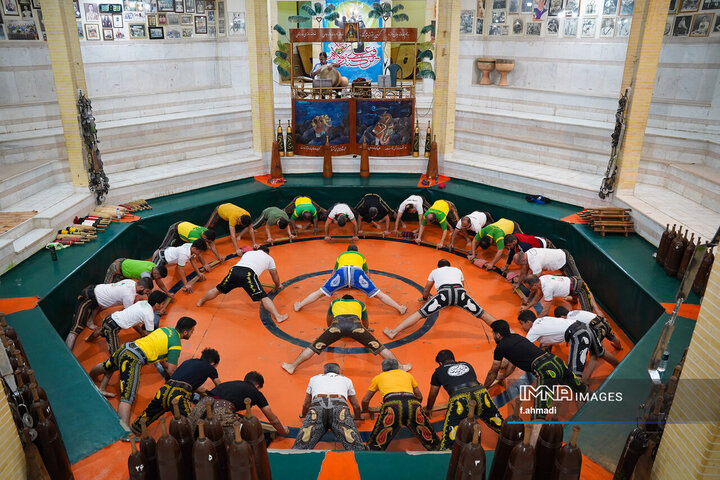
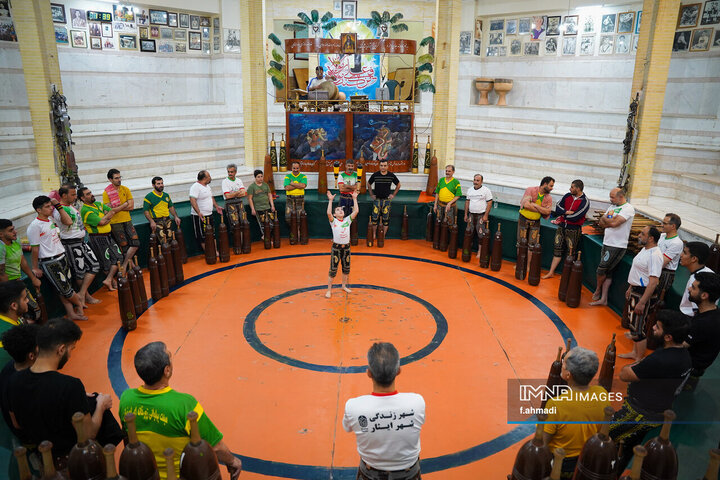
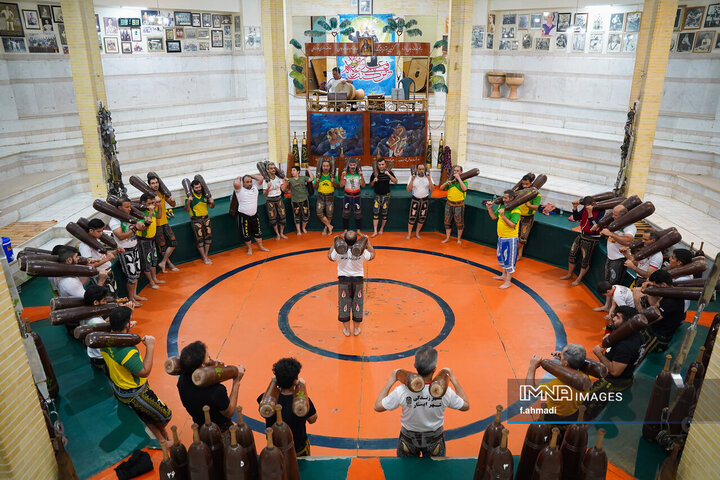
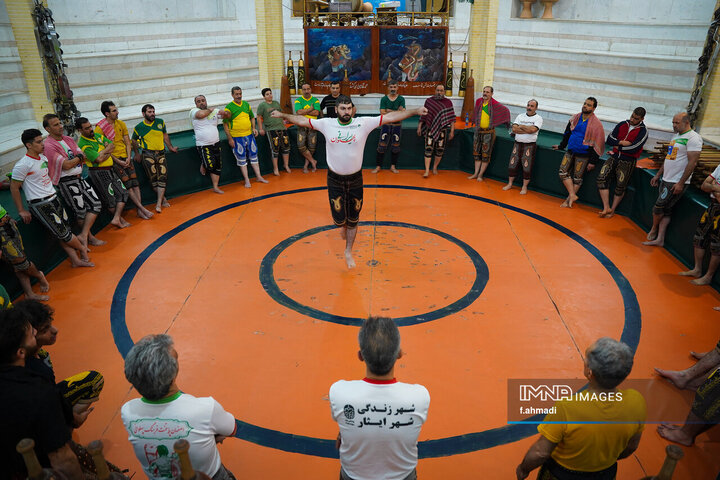
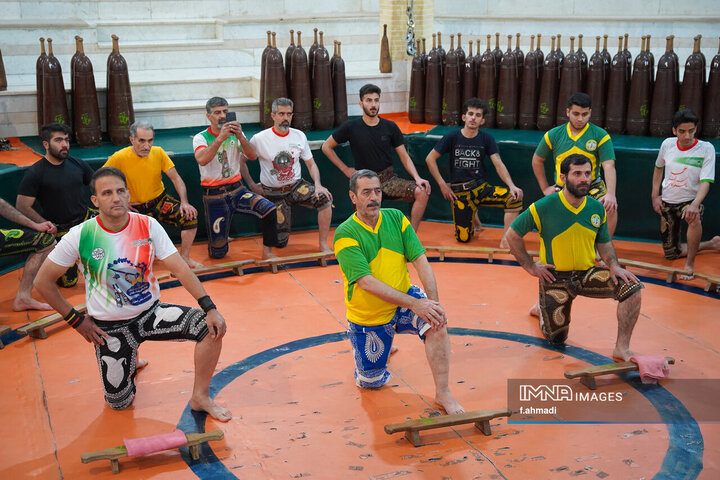
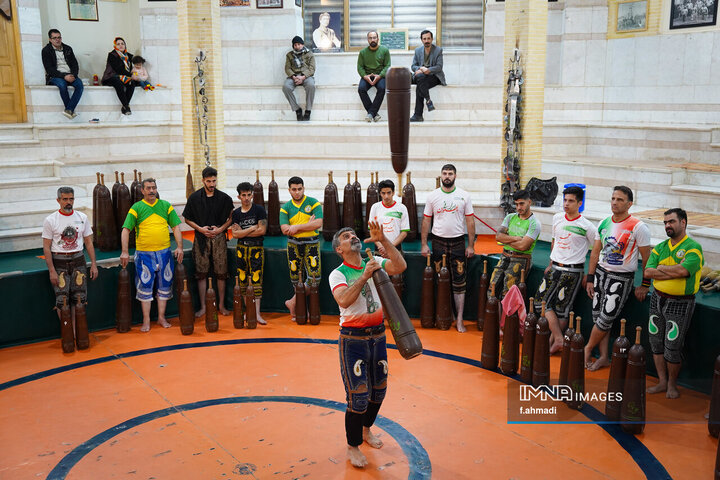
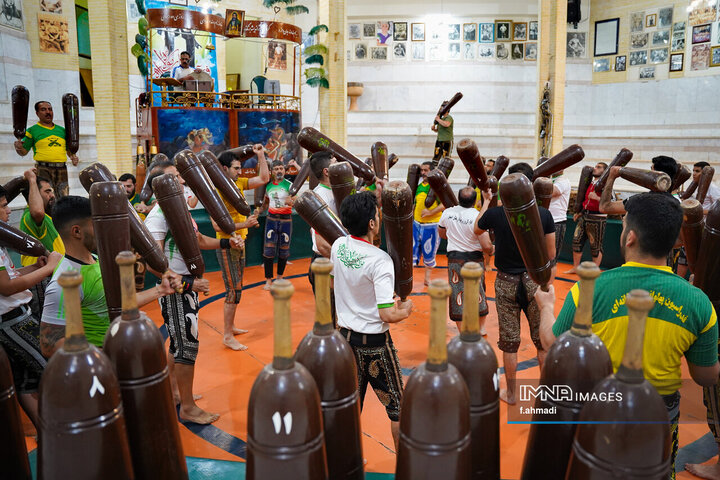
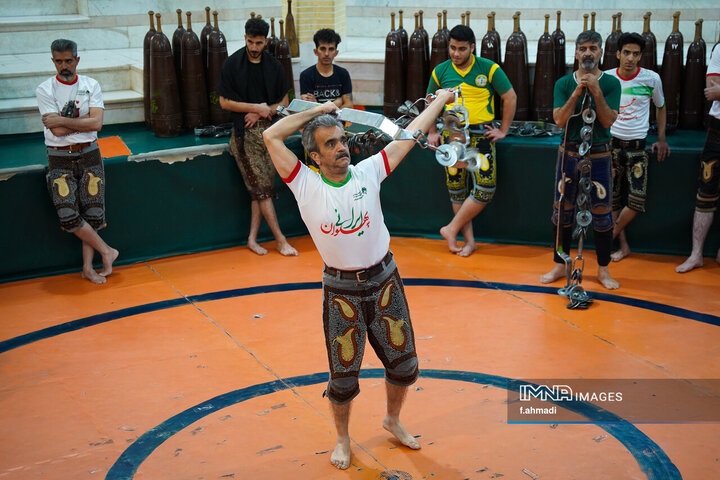
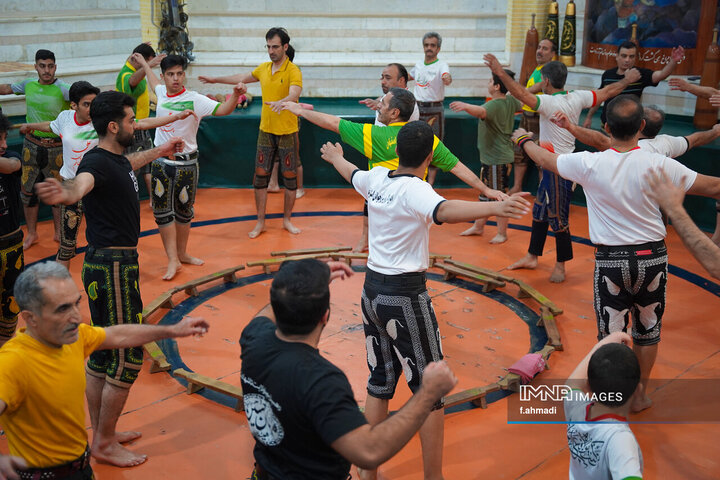

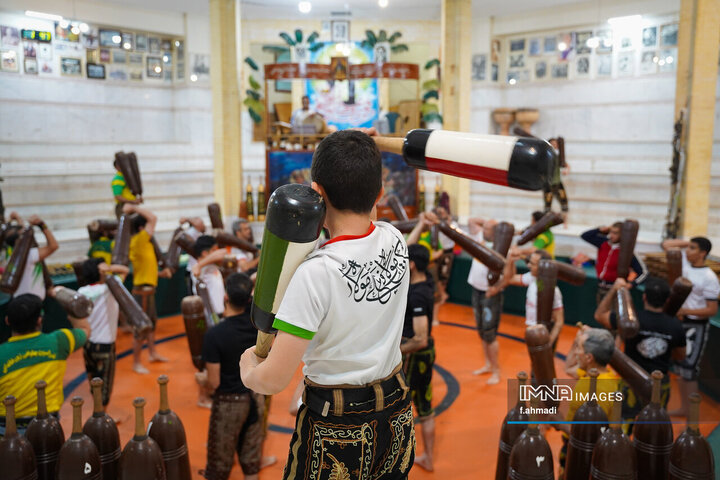
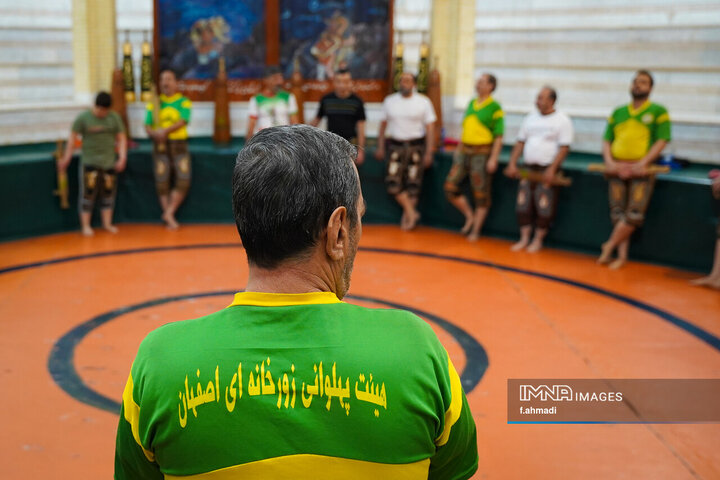
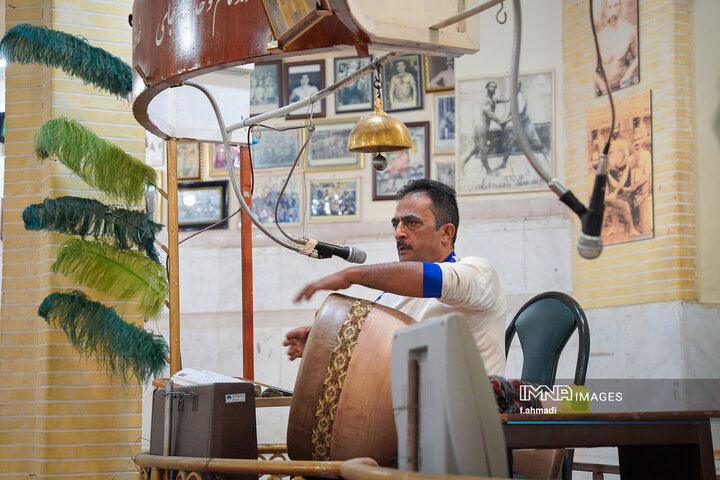
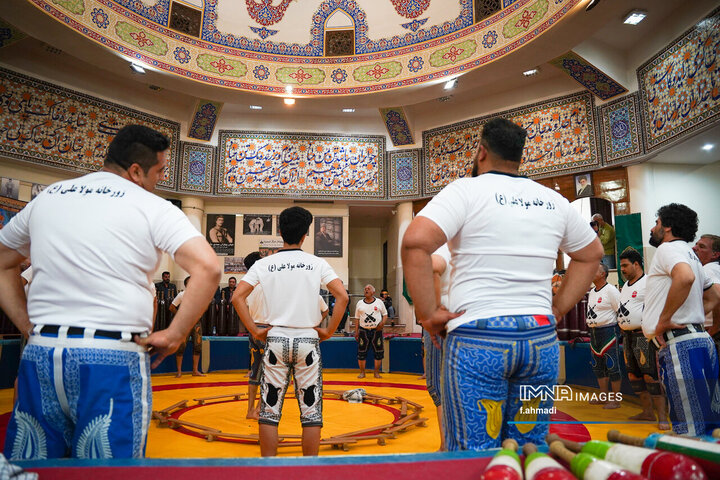

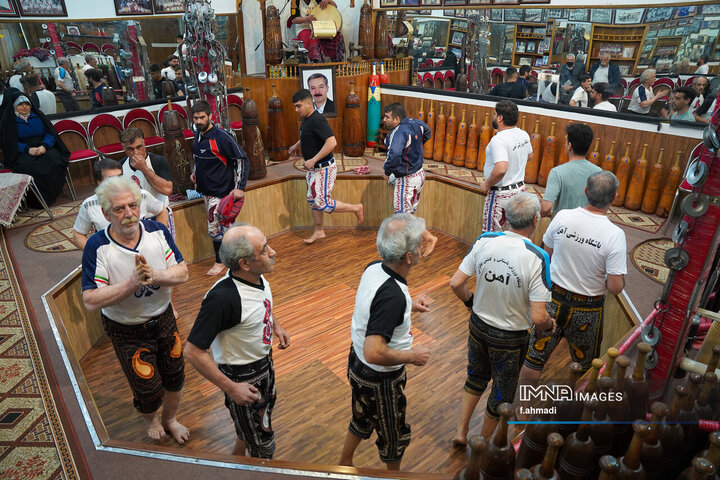
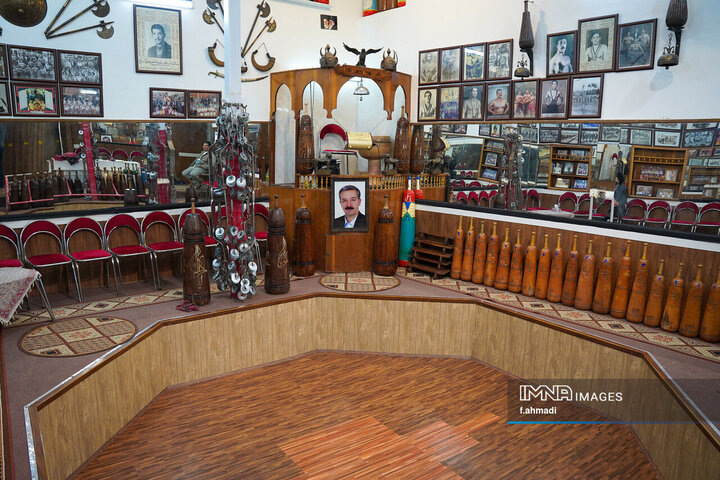
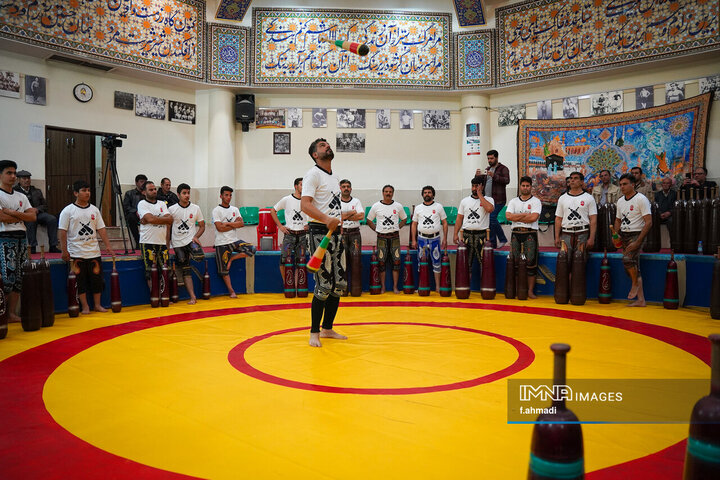

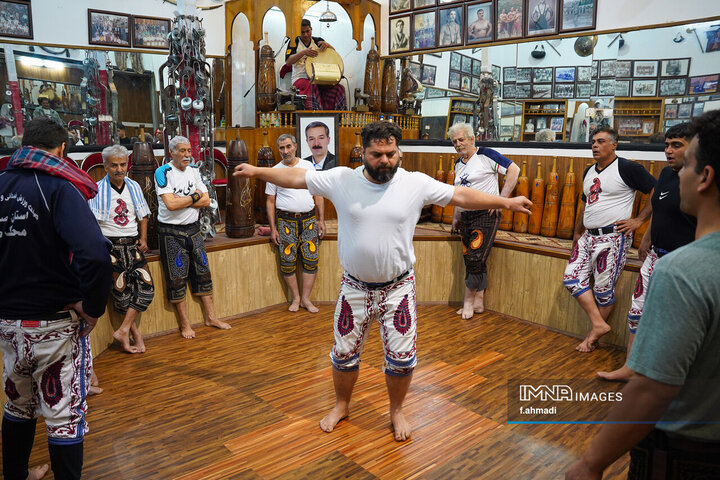
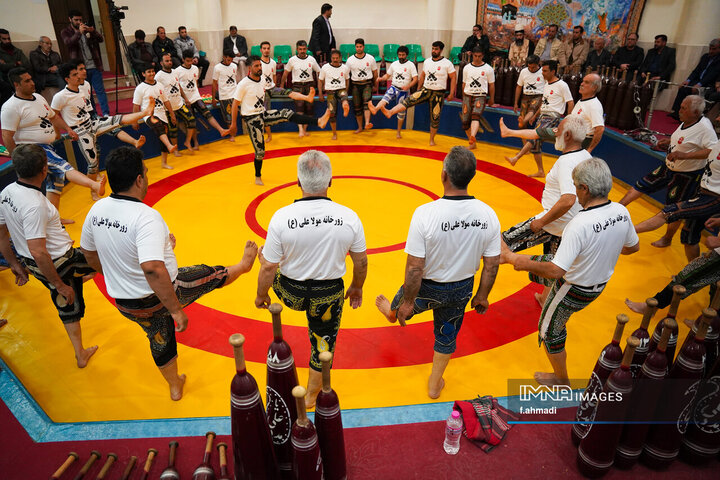

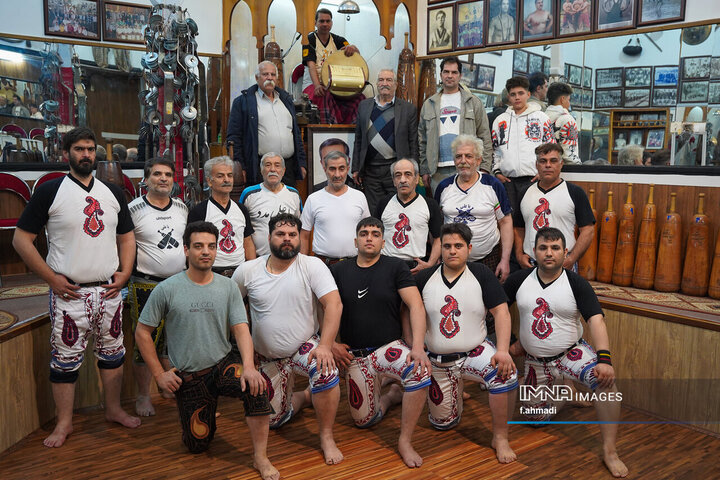
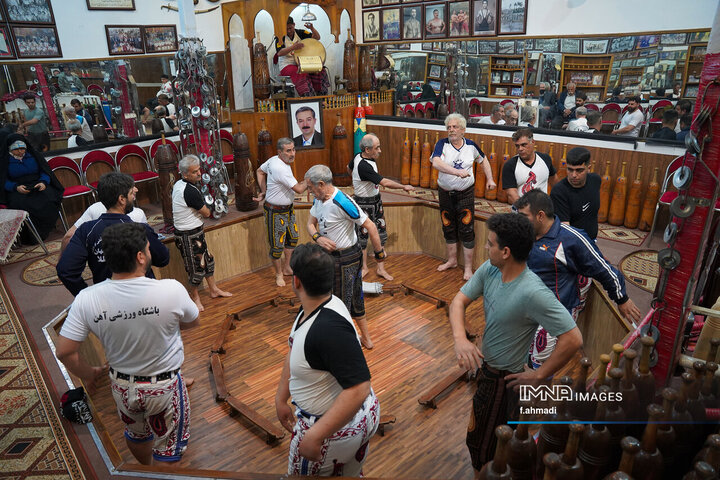
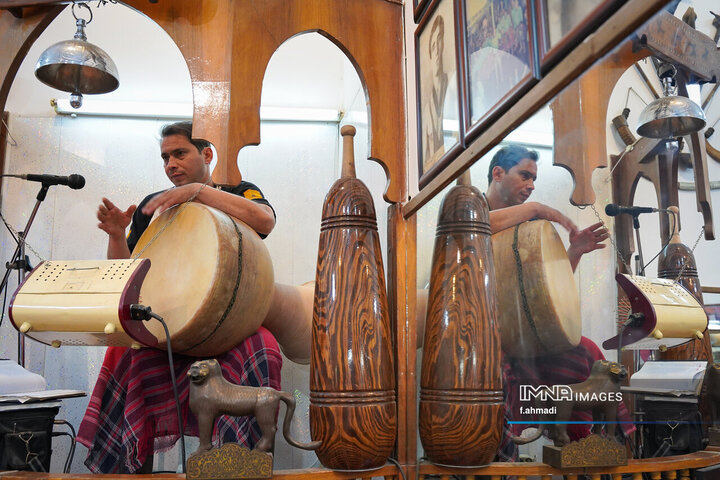

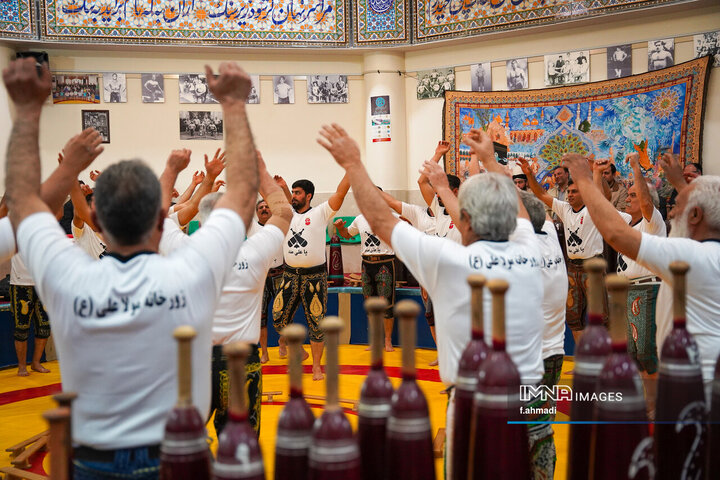
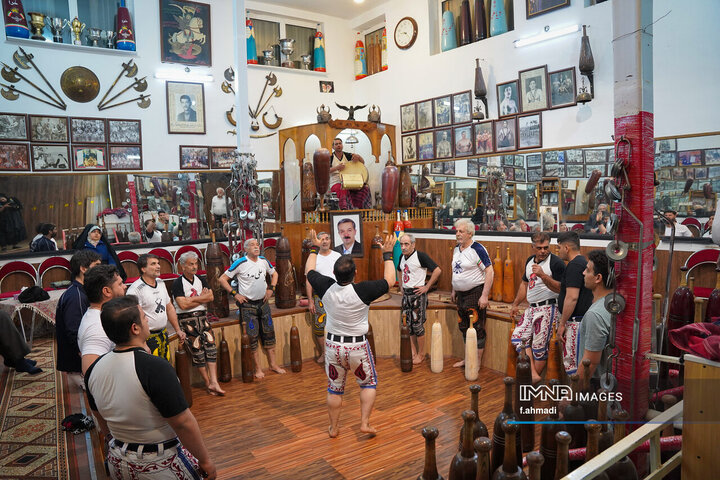

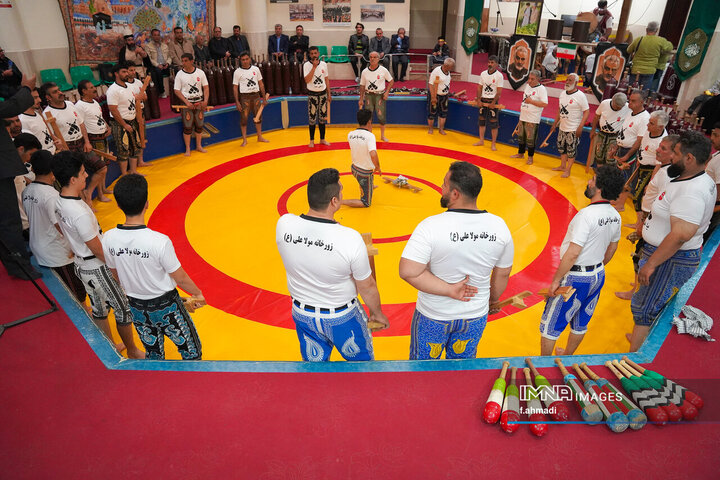
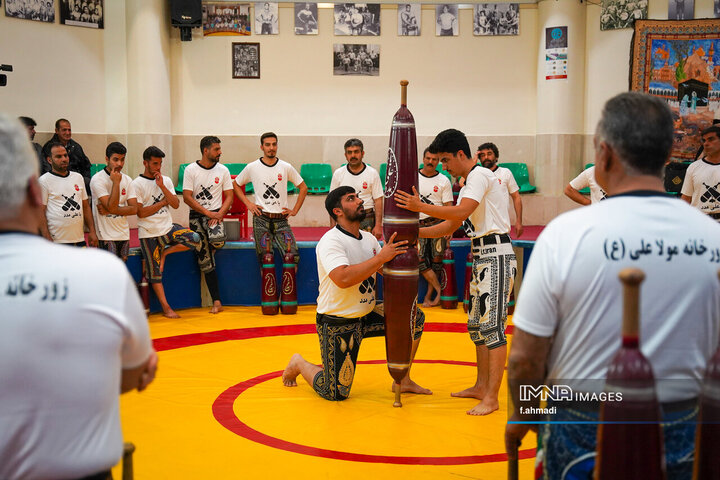
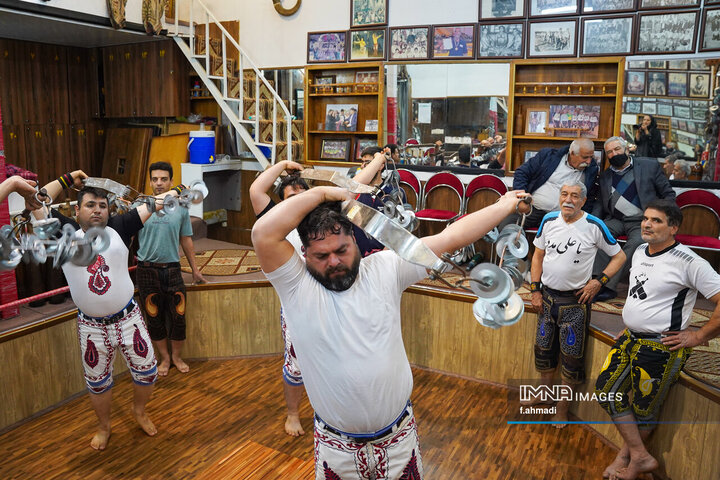
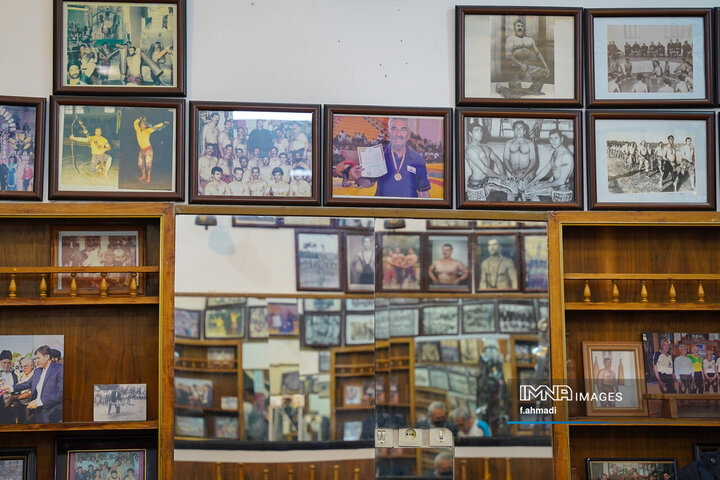
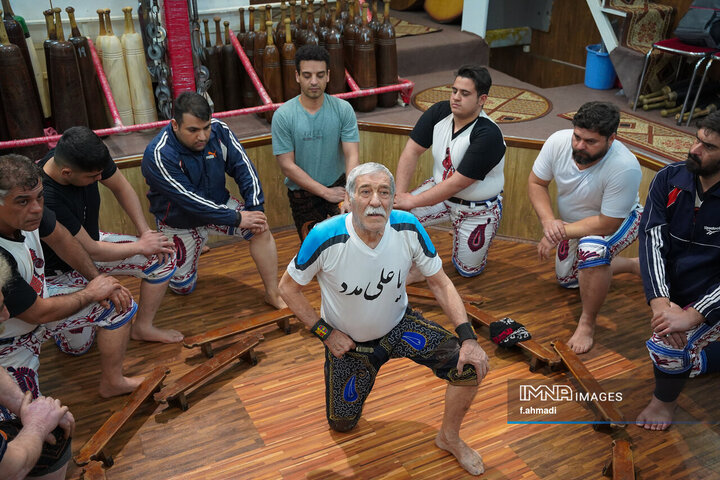
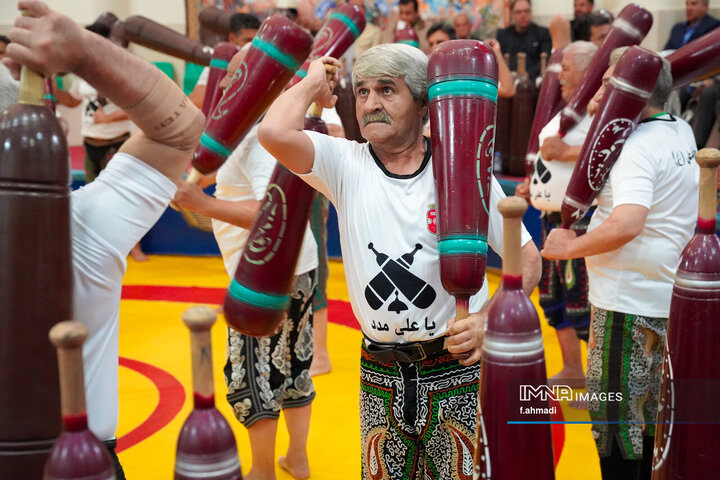
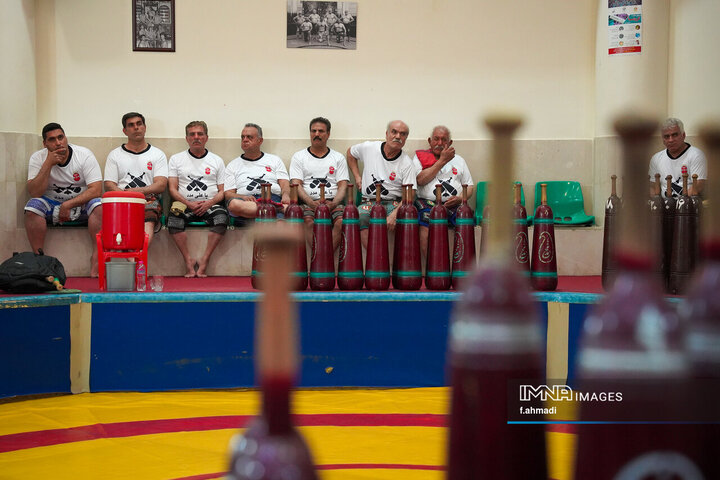
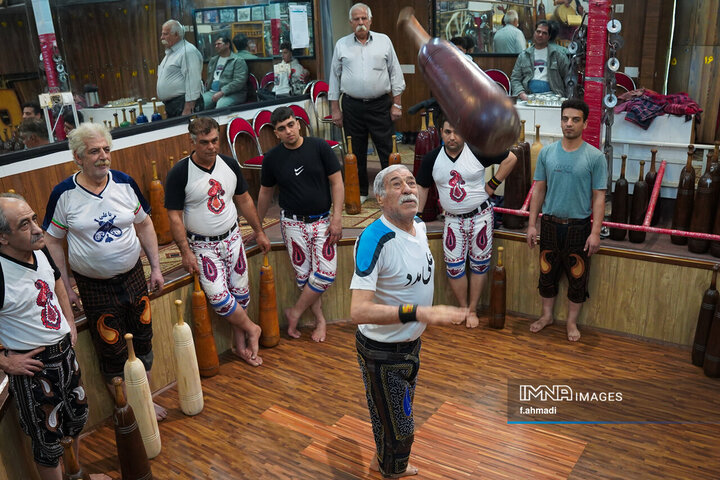

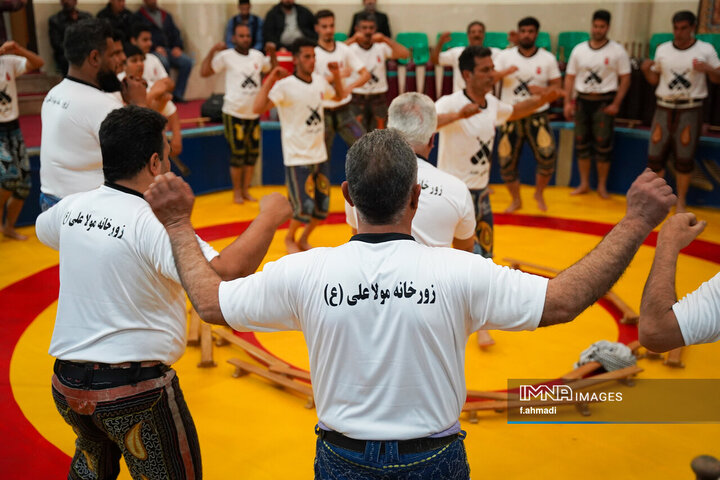
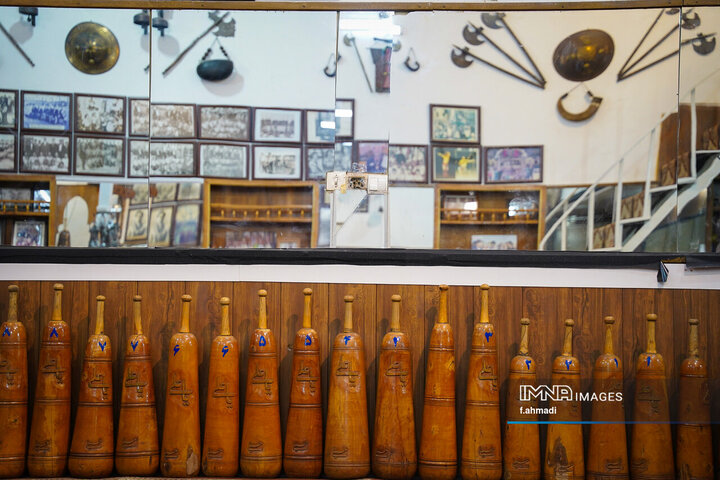
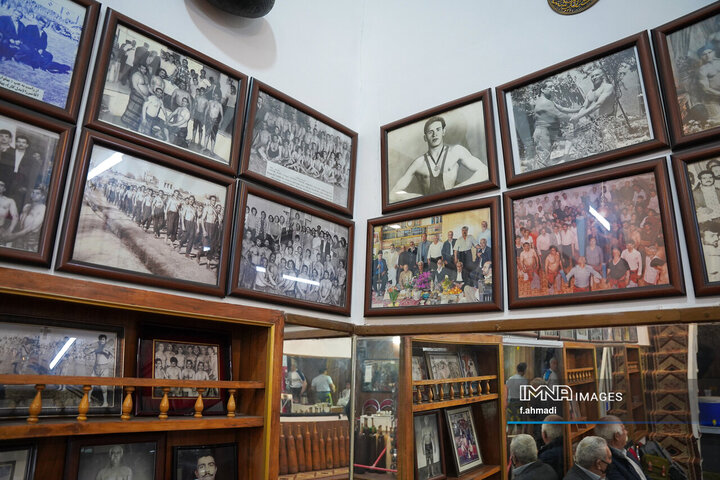


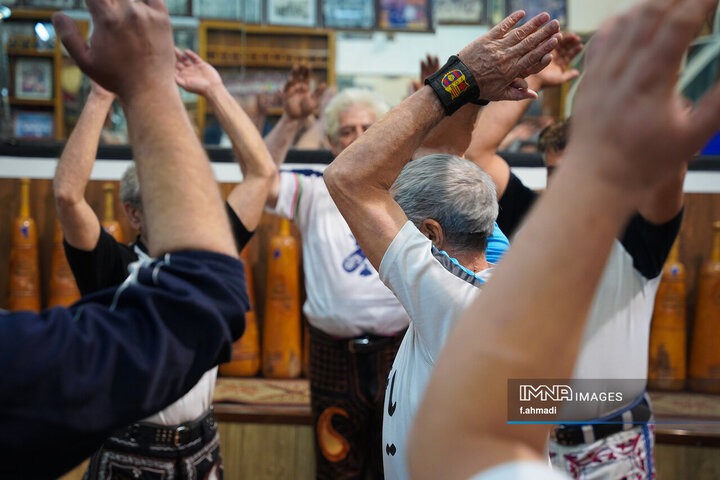
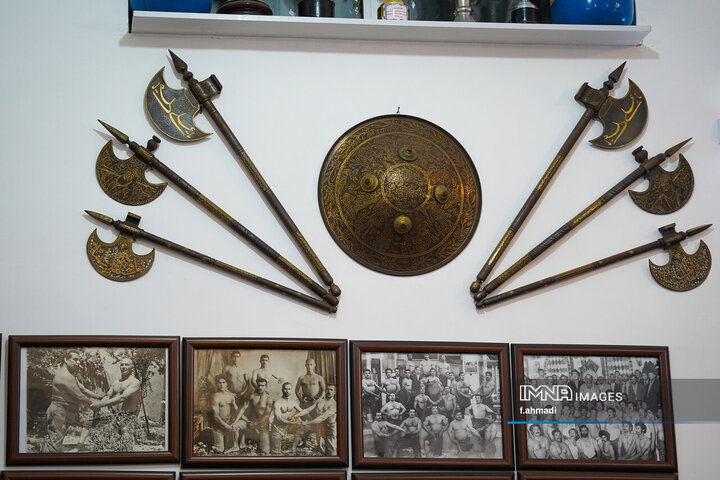
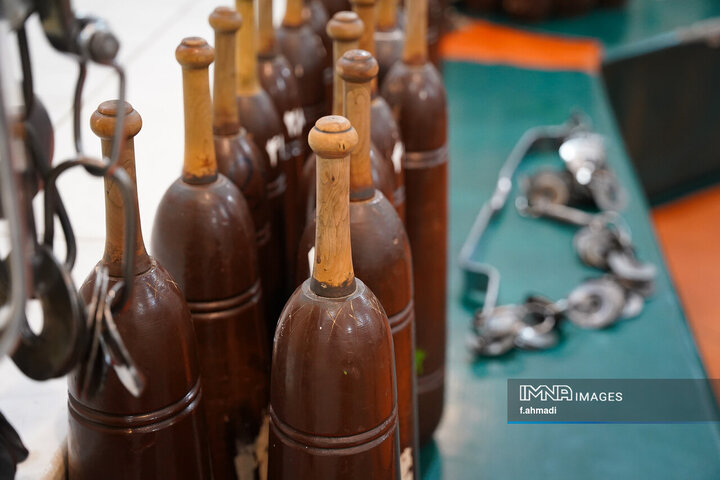
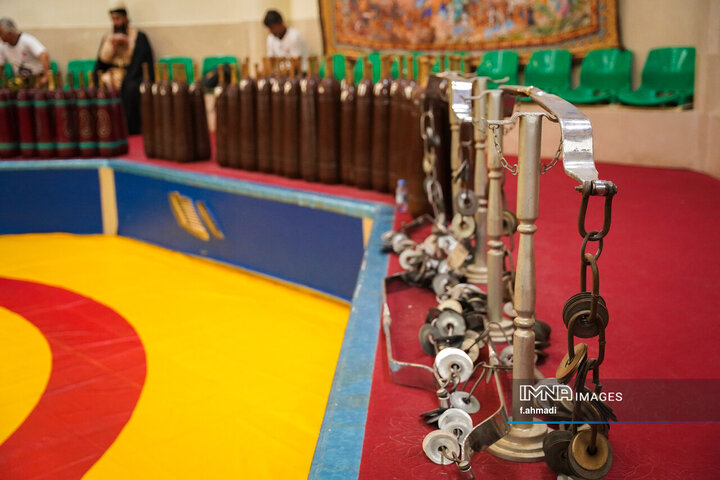
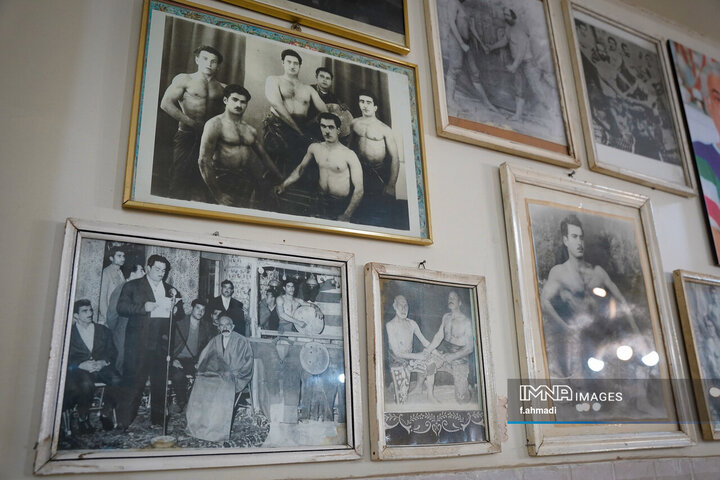
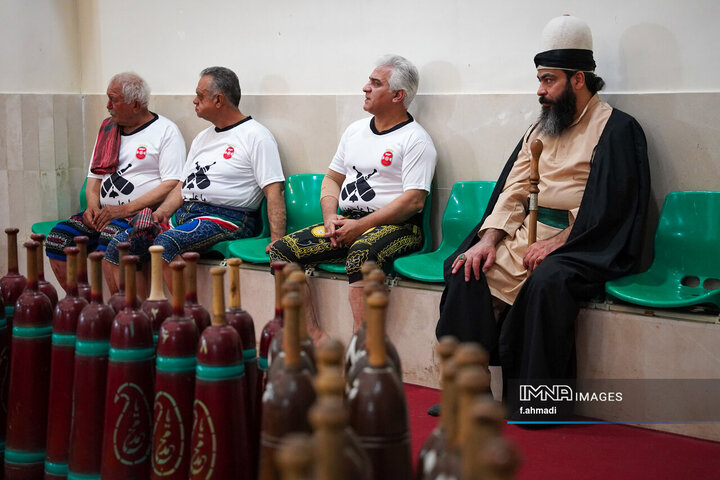

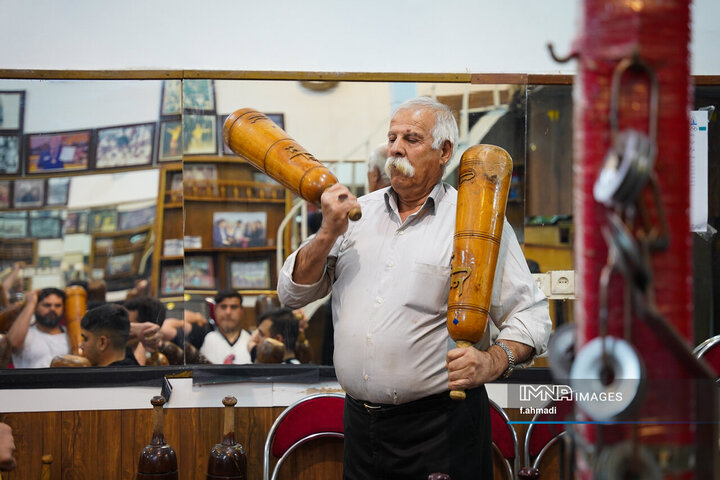
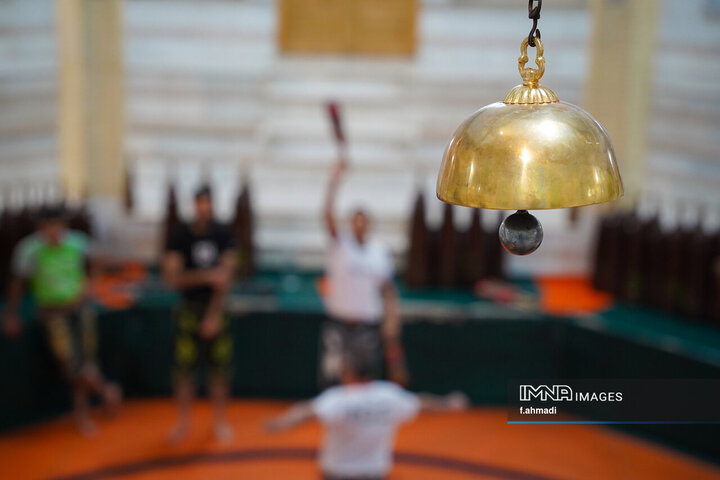
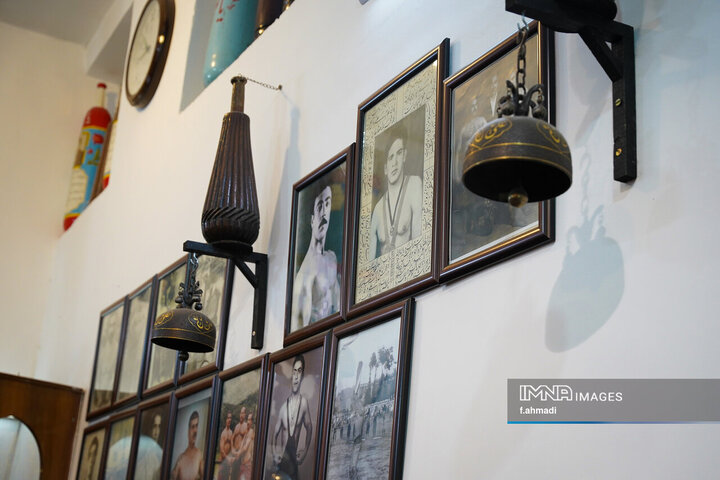
Your Comment